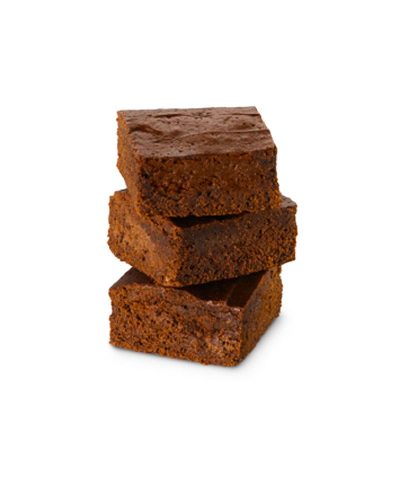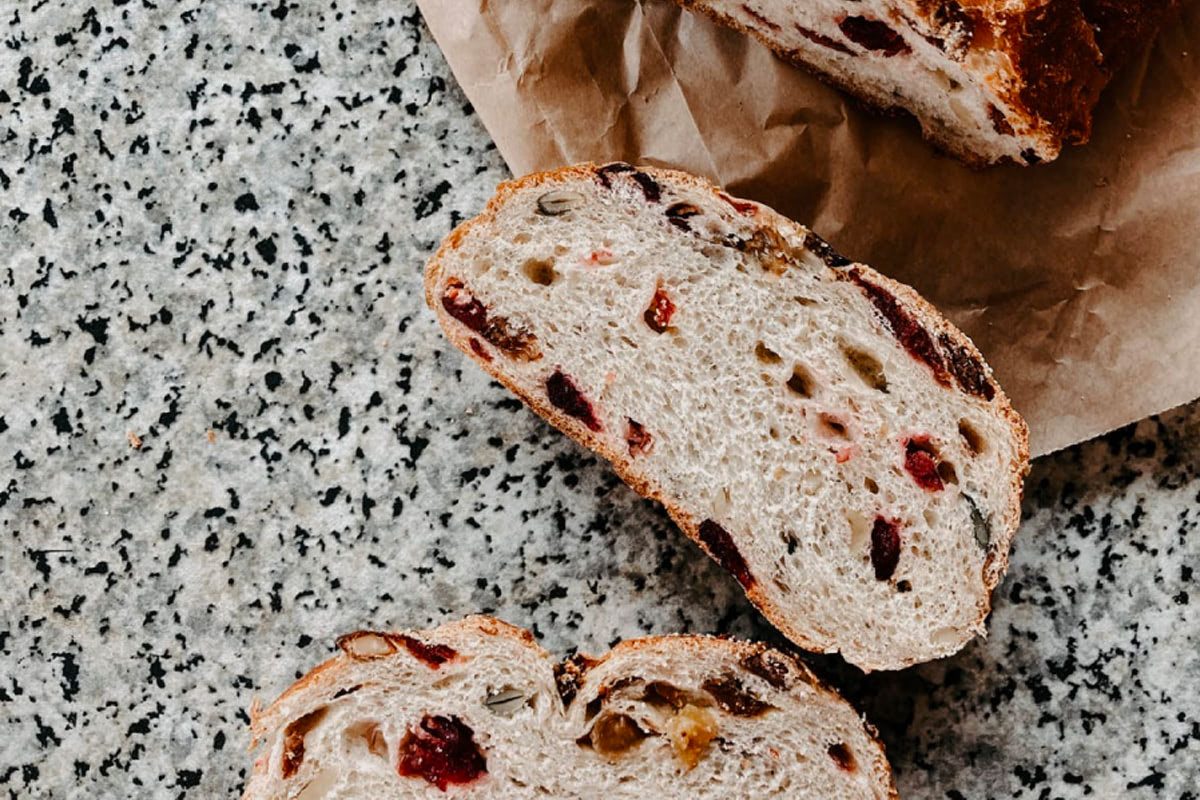Subtotal: 4,99 د.إ
Elevating Your Baking Skills
Introduction
If there is one thing that can transport us to a simpler and more comforting time, it is the aroma of freshly baked bread. Artisan breads, with their rustic charm and incredible flavors, have become increasingly popular in recent years. The process of making these delectable creations is an art form in itself, requiring a balance of precision, expertise, and creativity. In this article, we will delve into the world of artisan bread-making and explore the techniques, tips, and tricks to master this culinary craft.
The Art of Artisan Breads: Unleashing Flavors and Textures
Artisan breads, unlike their mass-produced counterparts, are crafted with love and attention to detail. Each loaf is a unique creation, showcasing distinctive flavors and textures that elevate the simple act of bread consumption to a whole new level. To achieve this, bakers must be well-versed in various techniques and intricacies of the process.
The Foundation: Choosing the Right Ingredients
First and foremost, the choice of ingredients plays a crucial role in creating artisan breads that stand out. While flour, water, yeast, and salt are the basic components, it is the quality and diversity of these ingredients that makes a significant difference. Opt for organic flours, prefer natural sourdough starters, and experiment with specialty salts to enhance the flavors and promote a more complex taste profile.
Mastering the Techniques: Kneading and Fermentation
The art of kneading the dough is a fundamental step in achieving the perfect texture and structure of artisan breads. Unlike industrial processes, which rely on machines, artisan bakers use their hands to gently work the dough, allowing it to develop elasticity and strength. Additionally, proper fermentation is essential for the formation of air pockets, which contribute to the light and airy texture. Patience and attentive observation are key during the proofing process, as the timing can vary depending on the temperature and humidity of your environment.
Shaping and Scoring: Giving Character to Your Loaves
Artisan breads are known for their distinctive shapes and decorative scores on the surface. Shaping the dough requires finesse and precision, as it determines the final appearance of the loaf. With practice, bakers can create variations such as baguettes, boules, or batards, each with its characteristic shape and aesthetic. Scoring, on the other hand, involves making deliberate cuts on the dough surface, not only to create a visually appealing pattern but also to control the expansion of the loaf during baking.
Elevating Your Artisan Breads: Tips and Tricks from the Experts
Becoming a master of artisan bread-making is a lifelong journey, but with the right guidance, you can accelerate your progress and achieve impressive results. Here are some tips and tricks shared by seasoned bakers:
Experiment with Flours and Add-Ins
Don’t be afraid to step outside the traditional boundaries and experiment with different types of flours. Whole wheat, rye, and spelt can add depth and complexity to your bread. Additionally, consider incorporating ingredients such as nuts, seeds, herbs, or dried fruits to infuse unique flavors and textures.
Embrace Sourdough: The Soul of Artisan Breads
Sourdough breads, made with naturally fermented starters, are revered for their tangy taste and extended shelf life. Developing a healthy sourdough starter requires commitment and patience, but the rewards are well worth it. The complex flavors and improved digestibility will take your artisan breads to new heights.
Pay Attention to Temperature and Humidity
The environment in which you proof and bake your breads plays a significant role in their final outcome. Understanding the impact of temperature and humidity on fermentation and oven spring is crucial for consistent and successful results. Invest in a reliable thermometer and hygrometer, and make adjustments accordingly.
Practice Makes Perfect
Lastly, remember that mastering the art of artisan breads takes time and practice. Don’t be discouraged by initial failures or imperfect loaves. Keep experimenting, learning from your mistakes, and honing your skills. With dedication and persistence, you will create breads that are not only delicious but also a reflection of your passion and craftsmanship.
Conclusion
Artisan bread-making is a delightful journey that allows you to unleash your creativity and connect with a centuries-old tradition. By choosing quality ingredients, mastering techniques, and experimenting with flavors, you can create breads that are a joy to behold and a pleasure to savor. So, don your apron, roll up your sleeves, and embark on the artful adventure of making artisan breads that will nourish both the body and the soul.
Recent Comments
Archives
Popular posts
Things you should know about cakes.
A Year of Change in the Culinary Industry:
The History of Baking and Its Impact on Culture
Archives

Copyright © 2023 European Bakery – All Rights Reserved.


 Barley Loaf
Barley Loaf 







